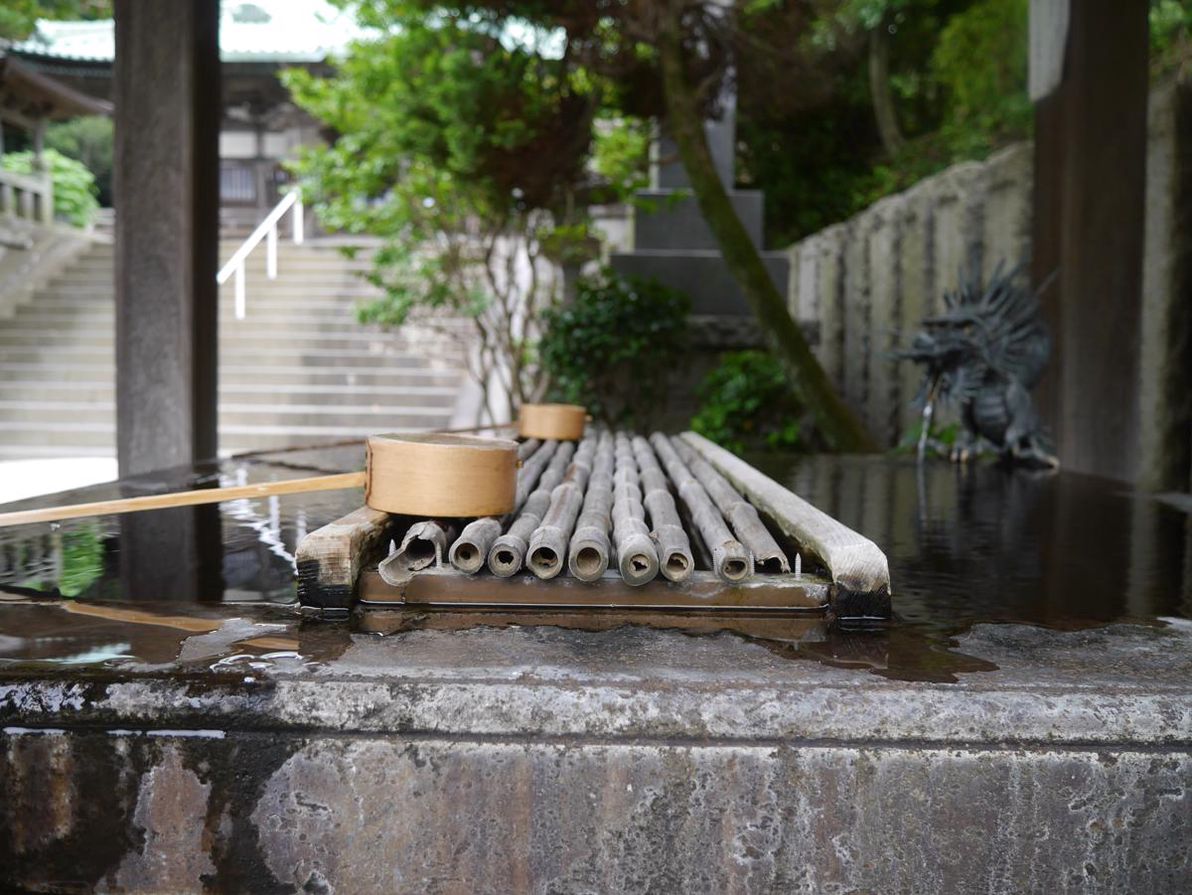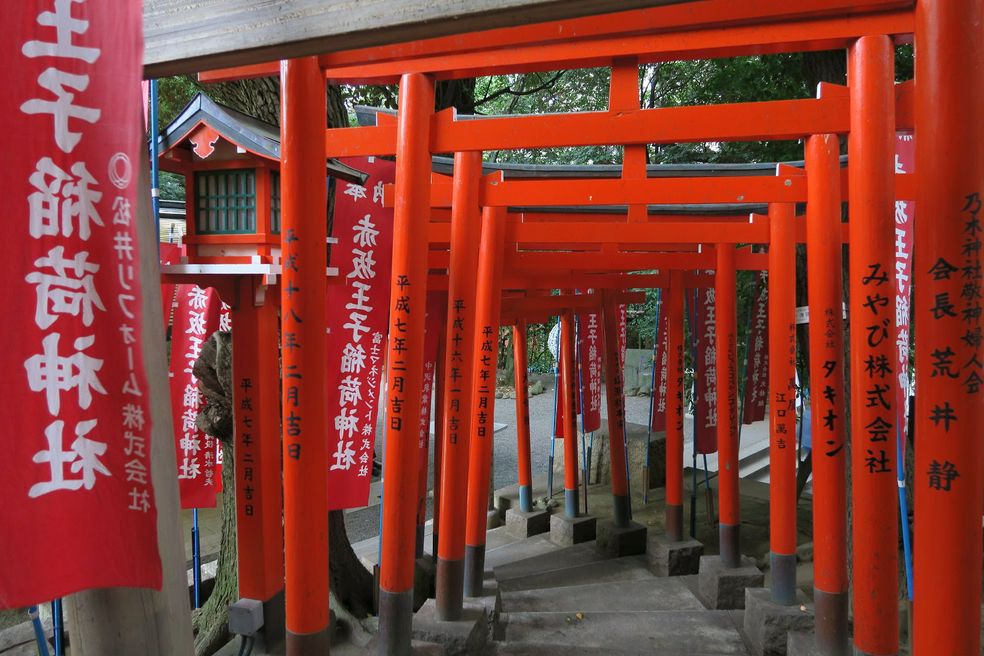There are a total of 35 shrines and temples in the metropolitan city of Tokyo. Shrines were built and dedicated to Shinto religion, whereas temples were built in the name of Buddhism. Here’s here to approach shrines and temples in Tokyo and a sum of the best sights you should visit.
Explore Tokyo's Beautiful Temples
Japanese temples are very much modelled after ancient Chinese architecture. The doors of the temple are wide gates known as sanmon, and are guarded by fierce guardian statues, known to the Japanese as ni zo.
There are no specific rituals for entering temples, though you are expected to be polite and respectful given that they are a sacred place of worship. You may also be expected to take off your shoes. You can purchase incense within the temple grounds and light them. Once you have done so, extinguish them not by blowing them out but by waving them slowly. You can place them in the incense burner and offer up a prayer. The incense smoke is thought to bring you blessings and good luck.
Zōjō-ji

Formerly the burial site of six shoguns, today the temple is an important site for Jodo Buddhists. It’s conveniently located just beside the Tokyo Tower, and the Temple also has a museum located on the basement floor that documents its history as a mausoleum. The actual mausoleum has been moved to the complex behind the temple and is also worth a visit.
Sensō-ji

One of Tokyo’s most iconic temples can be found in Asakusa. Senso-ji also happens to be Tokyo’s oldest temple, having been constructed in 628 A.D to house a miracle statue that two brothers fished from a nearby river. Leading up to the temple is the iconic Nakamise shopping street, a busy marketplace filled with shops selling traditional food and clothing, as well as unique souvenirs.
Soak in the Ambience at Tokyo's Serene Shrines

Instead of austere sanmon gates and niomi, shrines have torii gates, which mark the boundary between the spiritual world or holy ground and the secular world. To enter the shrine, you’ll first have to step through the torii gates. You can bow once before walking through the gate, though it is not necessary. It is recommended you walk through the gate from the left or the right, as the middle pathway is reserved exclusively for the gods.
In most shrines, there will be a pavilion located inside known as the Temizuya Water pavilion. You’ll see a bamboo ladle floating inside the water, and it is customary to pick up the ladle and use it to scoop water to cleanse your body and spirit before you step any further into the shrine.

First, scoop the water with your right hand and pour the water over your left. Next, hold the ladle with your left hand and pour it with your right. Finally, scooping the water out from the ladle with your left hand, rinse out your mouth in the nearby fountain. Do not drink directly from the ladle.
Before the altar, you’ll find an offering box in which you can throw coins. You can then ring the bell to wake the deity from its slumber. After which you bow twice and clap your hands twice. Press your hands together and say a prayer, before bowing a final time.
Kanda Shrine

This shrine rose to prominence during the Edo era and was significant to members of the warrior class as well as the citizens of Japan. It’s red and green exterior is eye-catching, and today is known as more of an architectural landmark, than a religious place of worship. Nevertheless, people still routinely go there to pray and pay their respects.
Nogi Shrine

Lurking behind Nogi Shrine’s peaceful exterior is a sinister secret. The shrine is dedicated to Meiji era war general Nogi Maresuke and his wife. Both committed Seppuku and slit their own throats in the house next door following the death of Emperor Meiji. Apart from that, the shrine hosts an antique market on the fourth Sunday of every month on its grounds, so that is the best time to visit.
Yasakuni Shrine

Yasukuni Shrine is dedicated to Japan's war dead. The shrine is relatively new, having been built in 1969 to honour the brave soldiers who gave their lives during Japan’s valiant war effort to lay the foundation for a peaceful Japan. The wars include not just the first world war but also the First Sino-Japanese War, the Russo Japanese war and the PacificWar. There are a total of 2.5 million spirits housed in Yasukuni Shrine, and it is a place of peace and forgiveness for many of Japan’s citizens. This shrine is not for everyone though. Controversially, among those commemorated are 1,068 convicted war criminals, including 14 A-Class war criminals.

